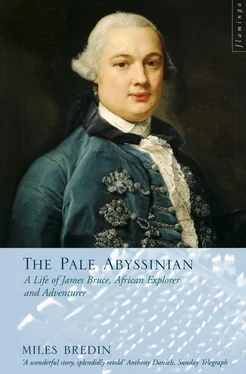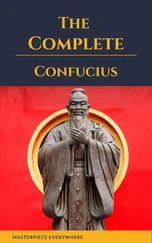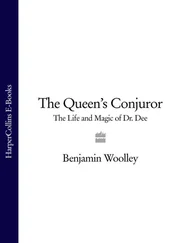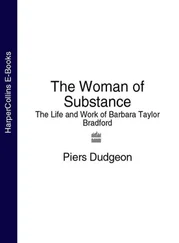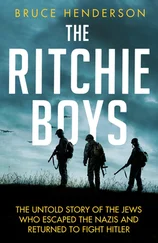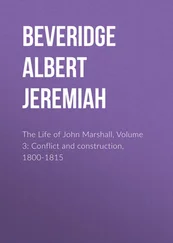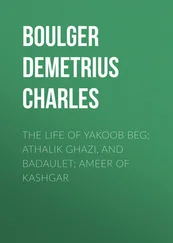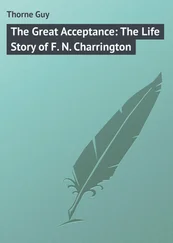Bruce had left England on an extended business trip but from Christmas 1757 he was travelling solely for pleasure and education. In Bordeaux he became a temporary member of French society – hunting, going to parties and attending the fashionable salons. It was not unheard of for Englishmen to travel in France at times of animosity between the two countries nor vice versa, but it was generally done with the approval of both governments. Bruce was on no government mission yet was allowed to travel regardless. Given that France was at war with Britain at the time and Bordeaux was one of France’s principal ports, this indicates considerable charm on Bruce’s part in addition to his better known curmudgeonliness. He soon, however, tired of polite society.
Bruce resolved to continue his journey through much of France, Strasbourg and up the Rhine to Frankfurt and thence to Brussels, then the capital of Holland. There he bought some books which would transform his life – the works of Job Ludolf, a German, the father of Ethiopian scholarship. They had been written in the sixteenth century when Ludolf – then resident in Rome – had met Gregorius, an Ethiopian monk, and had been fascinated by his stories of his homeland. Their collaboration formed the foundation of all foreign knowledge of Ethiopia and, to this day, Ludolf is still consulted by students of Ethiopic. The books contained a précis of known Ethiopian history, a grammar of the Ethiopian liturgical language, Geez, and a description of Ethiopia’s unique Christian religion. Whilst in Brussels, Bruce also bought many Arabic books from which he managed to teach himself to read the language that he later perfected on his travels.
While nourishing his intellectual interests, Bruce also attended to his more basic instincts. In the next few months he contrived to witness a battle and to fight a duel, challenging his as yet little tested courage. Happily both conflicts were resolved with no loss of Bruce blood. They did though give the budding explorer his first taste of danger. The history of the duel is rather murky, probably due to the absurdity of the episode. In the 1750s duelling was going out of fashion in Britain, and yet more so on the Continent. Two decades later he faced ridicule for challenging someone to a duel; at this time, however, it was deemed only slightly silly. F. B. Head, who had the story from Bruce’s daughter, described the incident in his otherwise laudatory Life of Bruce:
On the second day after his arrival [in Brussels] he happened to be in the company of a young man, a perfect stranger to him, who was rudely insulted. Bruce foolishly remonstrated with the aggressor, who sent him a challenge, which he accepted. They met; Bruce wounded his antagonist twice, and in consequence left Brussels immediately.
He took advantage of this forced departure (he feared a manslaughter charge) to see an army in action.
For at least another fifty years war was to remain a spectator sport which could be watched with relative impunity, even by citizens of the warring factions. In fact, it was a popular pastime for people who wanted a taste of adventure and danger without incurring too much risk to their person. Though of course fictional, it did not seem strange to Tolstoy’s readers when Pierre in War and Peace observed the Battle of Borodino (1812) from his grassy knoll:
Pierre wished to be there with that smoke, those shining bayonets, that movement, and those sounds. He turned to look at Kutuzov and his suite, to compare his impressions with those of others. They were all looking at the field of battle as he was, as it seemed to him, with the same feelings. All their faces were now shining with that latent warmth of feeling Pierre had noticed the day before.
And thus it was nothing out of the ordinary when Bruce and several shiny-faced fellow Englishmen, then serving with the Dutch army, embarked on a short trip to northern Germany where they watched the Germans and French fight each other at the Battle of Crevelt.
Soon after the excitement of the battle, Bruce received in Brussels the worst of news from home. His father had died in May, joining the long list of Bruce’s recently dead friends and relatives. The twenty-eight-year-old was left with a much reduced inheritance and myriad responsibilities. His many half siblings had drained the family coffers and, coupled with the complications of dividing the estate, Bruce found himself unable immediately to fulfil the ambitions to travel that his Grand Tour had inspired. It was not until December 1762 that he finally resolved the issue by settling with his half-brother, David, who had joined the army. He did well out of the arrangement for it soon emerged that his land was a great deal more valuable than had previously been believed. Kinnaird – ‘a house to be lived in not looked at’ (according to Nimmo in his A General History of Stirlinghsire. The house no longer exists) – was built upon a rich seam of coal that was to make Bruce’s life a financially comfortable one. He was extremely fortunate, however. But for an extraordinary coincidence the money would not have flowed until the next generation.
If, in 1759, coal had been found almost anywhere else in the world it would have languished for another fifty years and thus have been of no use to a hard-up young adventurer. The Bruce family miners (there was an almost serf-like class of people who mined coal in Scotland and were bought and sold with land) had been digging in a desultory way for years but no one had made a decent profit out of the excavations. The Industrial Revolution was not yet under way and there was none of the insatiable demand that was so to enrich such later mine owners as the Lowthers just over the border in Westmorland. In nearby Carron, however, there was a small company part-owned by one of the most brilliant practical scientists of the age. John Roebuck was the first partner of James Watt and had set up a firm at Carron with the businessman Samuel Garbett. The Carron Company was to pioneer a method of smelting iron ore that would transform industry. It involved coke made from coal rather than charcoal and Bruce was the closest supplier of coal. The Carron Company became major cannon makers in an era with an enormous demand for arms and Bruce made a fortune supplying them with fuel. Today, one can still see iron letter boxes made by the Carron Company on the streets of Britain.
It was a heaven-sent opportunity for the young Scot and, although he behaved extraordinarily badly in all his dealings with the company, suing them and disputing their every action on his return from his travels, this association more than any other allowed him to travel the world at his own expense and to have all the adventures that make up the most interesting part of his life. Without the discovery of this new use for coal and the accident of Bruce having it on his land, he would have been compelled to retire to Scotland and live the life of a Scottish laird.
By now almost thirty, Bruce was at last in a position to do something with his life. Since leaving Harrow fifteen years earlier he had amassed a great store of knowledge which he constantly supplemented. Botany had become an interest through his work as a vintner and friendship with the dilettante and patron of naturalists, Daines Barrington; he had studied law, military architecture, astronomy, the Bible, art, Arabic and masonic lore. A great talent for languages meant that he was not confined to English reading matter and this had aroused in him a thirst for news of the world outside Europe. The death of his father and the resulting inheritance would enable him to use all his learning to a more productive end. Thus it was that Bruce embarked on his thirtieth year, prepared for informed exploration but still lacking a mission. One was about to present itself.
Читать дальше
